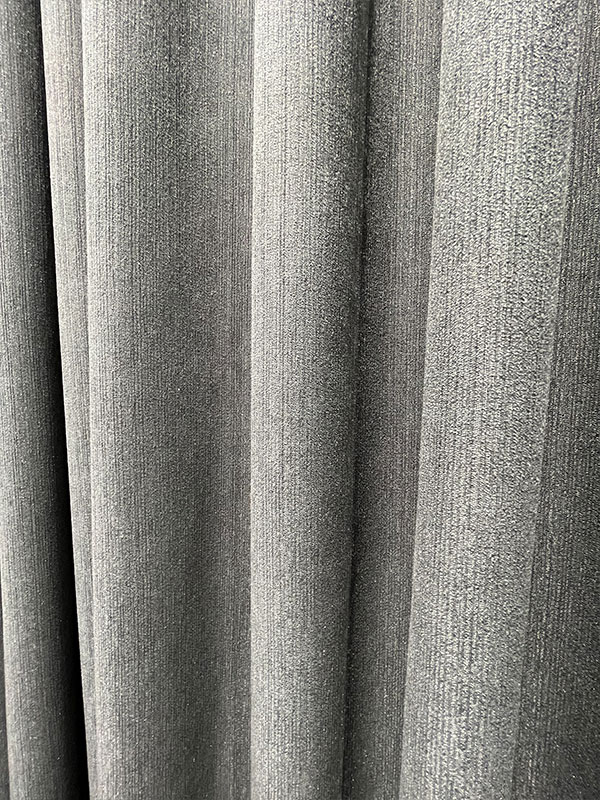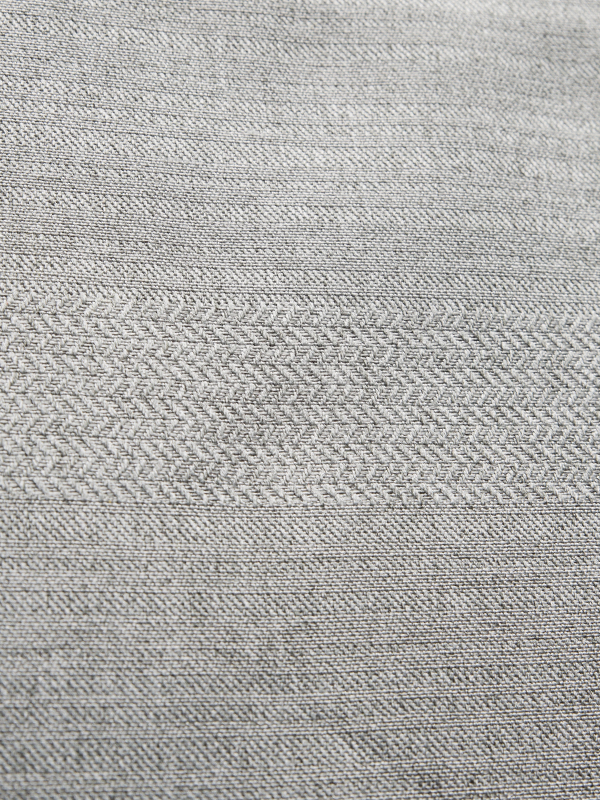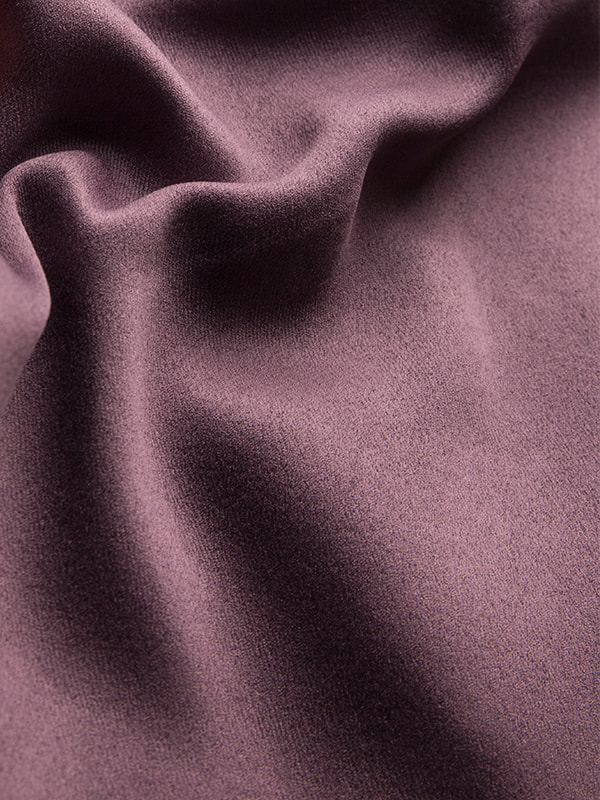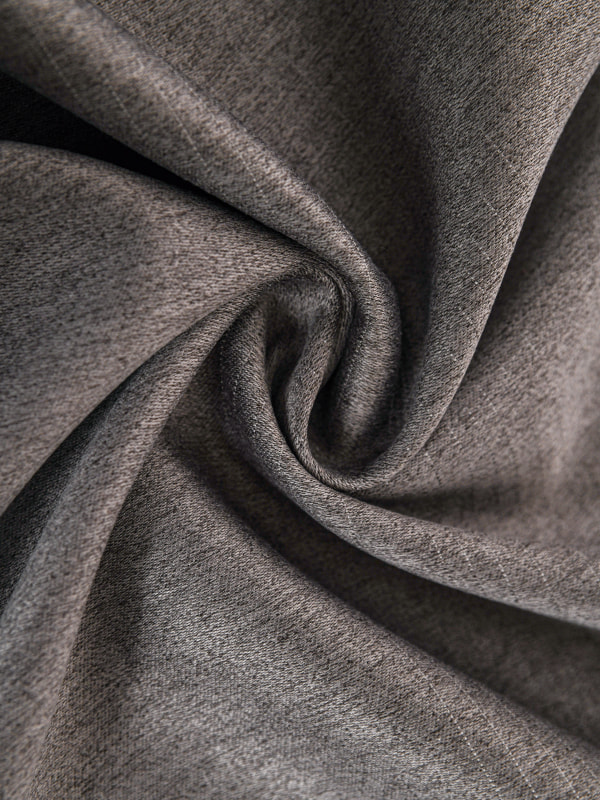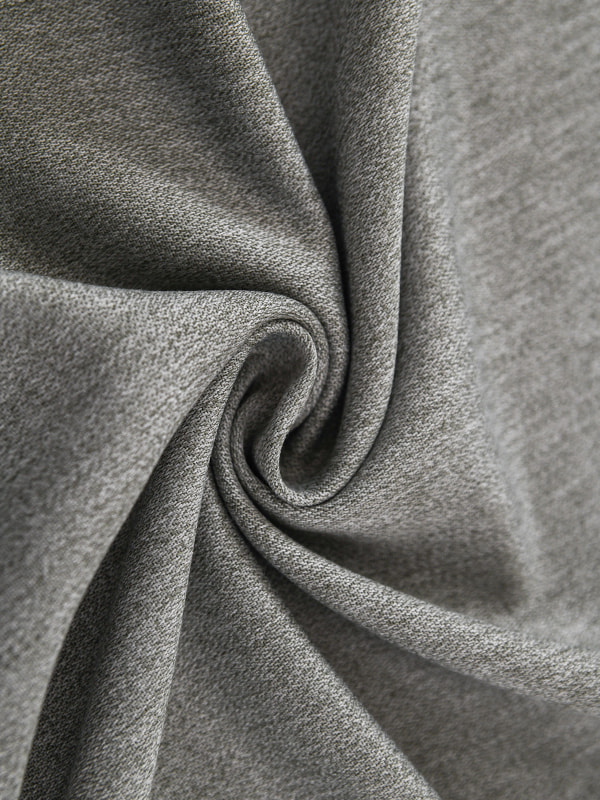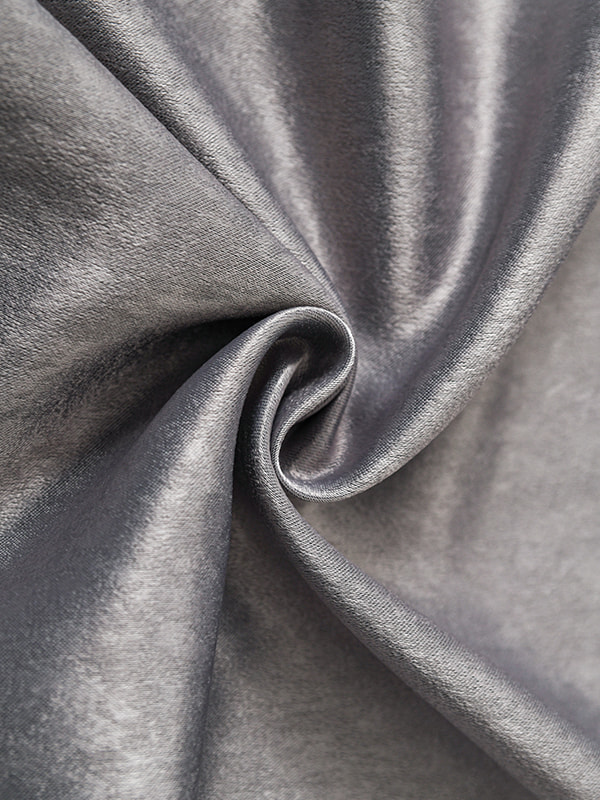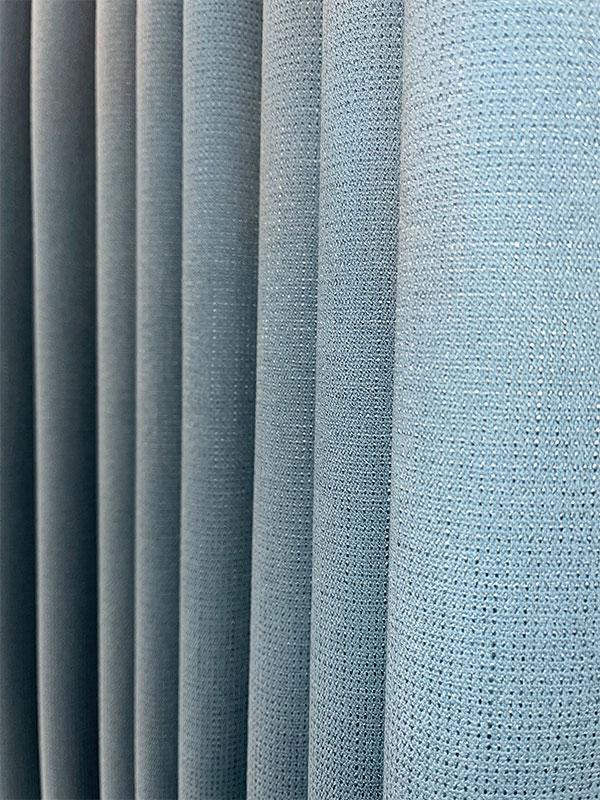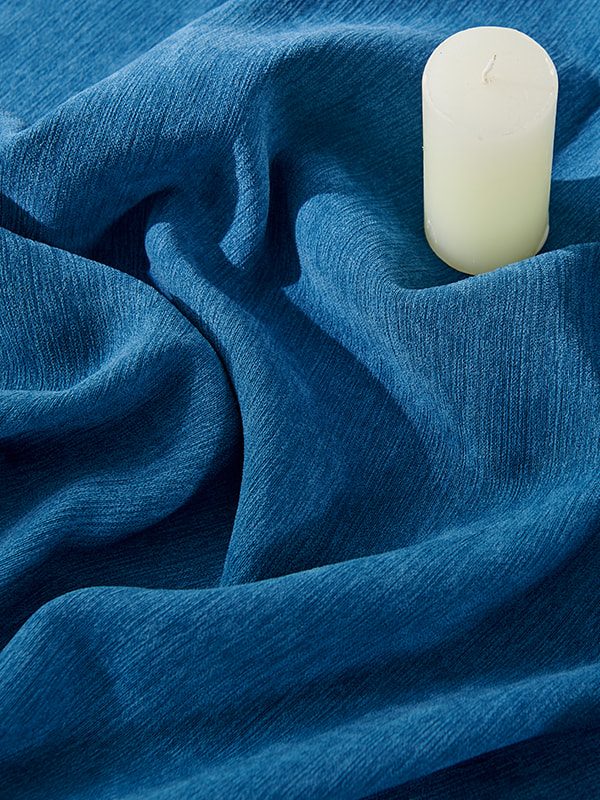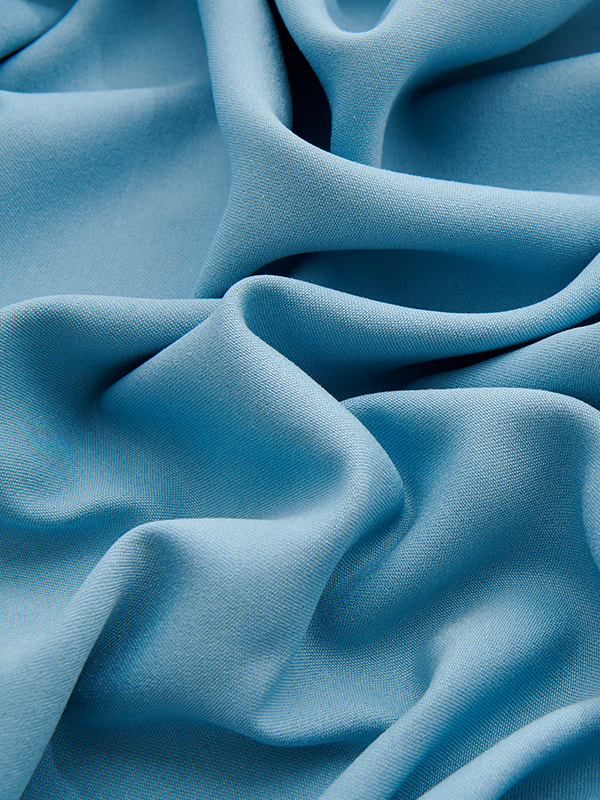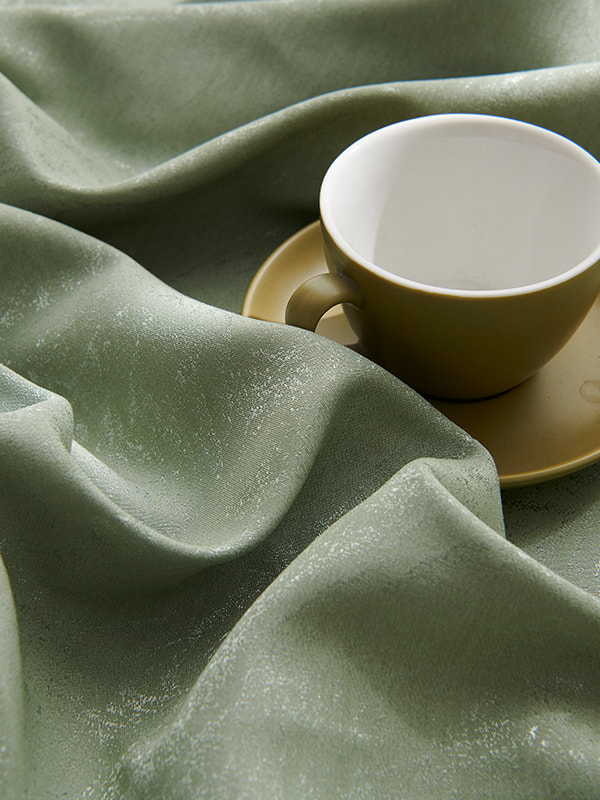Cotton linen curtains can be classified based on several factors, including their composition, weave, design, and functionality. Here are some common classifications for cotton linen curtains:
Composition:
100% Cotton Linen Curtains: These curtains are made entirely from a blend of cotton and linen fibers. They offer a balanced combination of the natural properties of both materials.
Weave:
Plain Weave Curtains: Curtains with a plain weave have a simple and uniform structure, with each weft thread passing alternately over and under each warp thread. They offer a crisp and clean appearance.
Twill Weave Curtains: Twill weave curtains have a distinctive diagonal pattern. They are known for their durability and drape well, creating an elegant look.
Basket Weave Curtains: Basket weave curtains have a textured appearance resembling a woven basket. This weave adds visual interest and can enhance the overall aesthetic of the curtains.
Design:
Solid Curtains: These curtains have a single, uniform color without any patterns or designs. They provide a versatile and timeless look.
Patterned Curtains: Patterned cotton linen curtains feature various designs, such as stripes, floral prints, geometric patterns, or other decorative motifs. They can add visual interest and complement different decor styles.
Functionality:
Sheer Curtains: Sheer cotton linen curtains allow diffused light to pass through while offering privacy and a softening effect to the room. They are lightweight and often used as a decorative layer.
Blackout Curtains: These curtains are designed to block out light completely, making them ideal for bedrooms, home theaters, or any space where light control is essential. They typically have a lining or special coating to achieve the blackout effect.
Thermal Insulated Curtains: Thermal curtains are designed to regulate the temperature in a room by reducing heat transfer. They can help keep the room cool in summer and retain warmth in winter.
Besides,Cotton linen curtains have a wide range of applications due to their versatile nature and desirable properties. Here are some common applications of cotton linen curtains:
Home Decor:
Living Rooms: Cotton linen curtains can enhance the aesthetics of living rooms by adding texture, color, and softness. They can be chosen to complement the overall decor style, whether it's modern, traditional, rustic, or eclectic.
Bedrooms: Cotton linen curtains create a cozy and relaxing atmosphere in bedrooms. They offer privacy, light control, and insulation, promoting a peaceful sleep environment.
Dining Rooms: Cotton linen curtains can add an elegant touch to dining rooms, creating a warm and inviting ambiance. They can be paired with sheer curtains for a layered look or used alone for a more formal appearance.
Privacy and Light Control:
Cotton linen curtains are effective in providing privacy, particularly when lined or used with additional window coverings like blinds or shades. They can be closed fully or partially to control the amount of light entering the room.
Sheer cotton linen curtains allow natural light to filter through while still offering a level of privacy. They are suitable for spaces where maintaining a sense of openness is desired.
Energy Efficiency:
Cotton linen curtains with thermal insulation properties can help regulate the temperature in a room. They provide insulation by reducing heat transfer through windows, keeping the room cooler in hot weather and warmer during colder months. This can contribute to energy savings by reducing the need for excessive heating or cooling.
Sun Protection:
Cotton linen curtains can help protect furniture, flooring, and other interior elements from fading or damage caused by prolonged exposure to sunlight. By closing the curtains or drawing them during peak sunlight hours, you can minimize the harmful effects of UV rays on your belongings.
Sound Absorption:
The natural texture and composition of cotton linen curtains can contribute to sound absorption in a room. They can help reduce echoes and reverberations, creating a more acoustically pleasing environment.
Commercial Spaces:
Cotton linen curtains are also commonly used in commercial spaces such as hotels, restaurants, offices, and retail stores. They serve both functional and decorative purposes, adding style and creating a pleasant atmosphere for customers and employees alike.
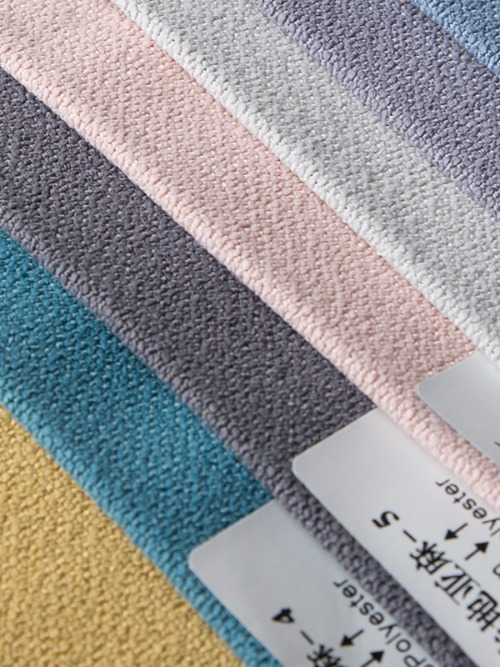


 English
English русский
русский عربى
عربى Español
Español
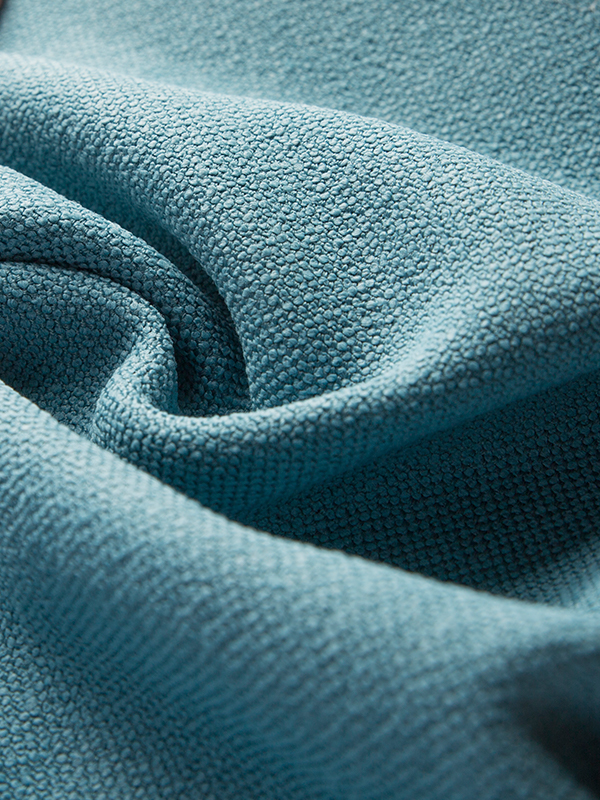
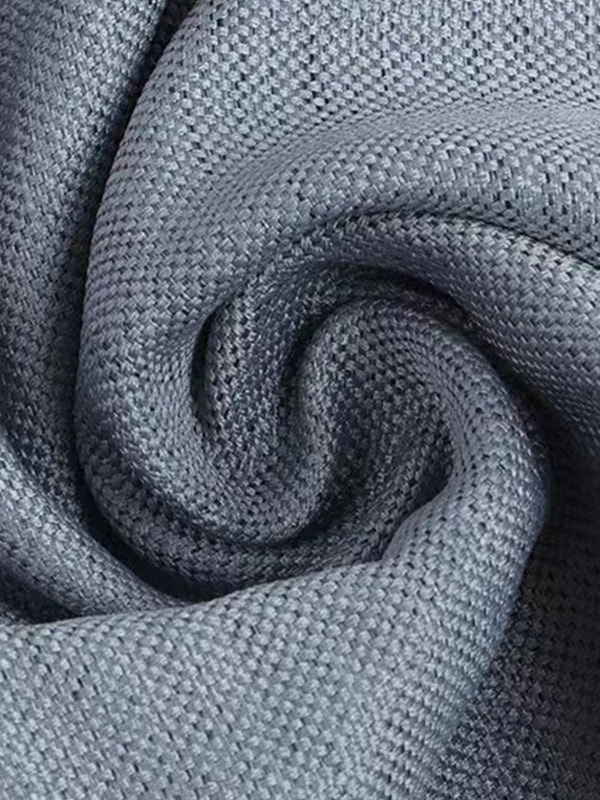
.jpg)

